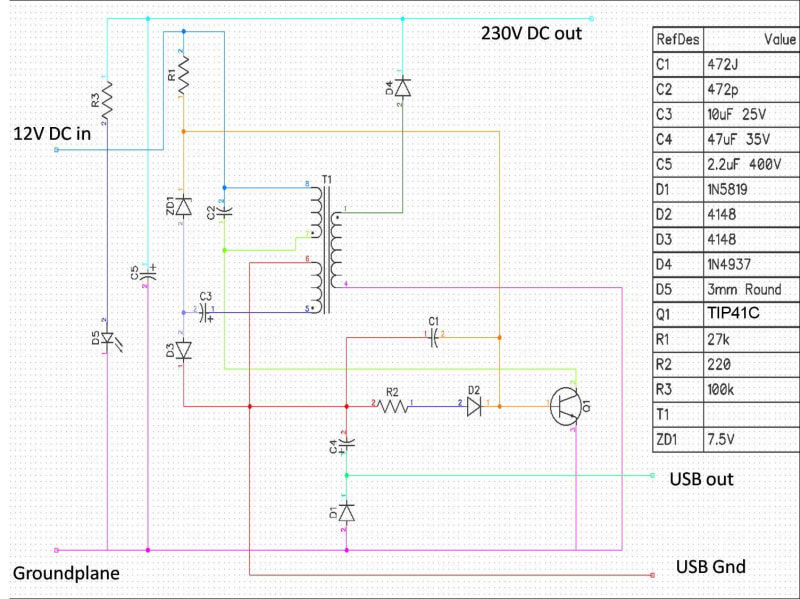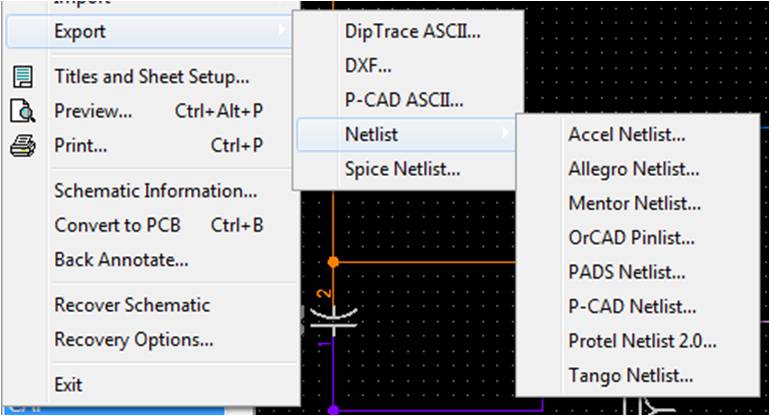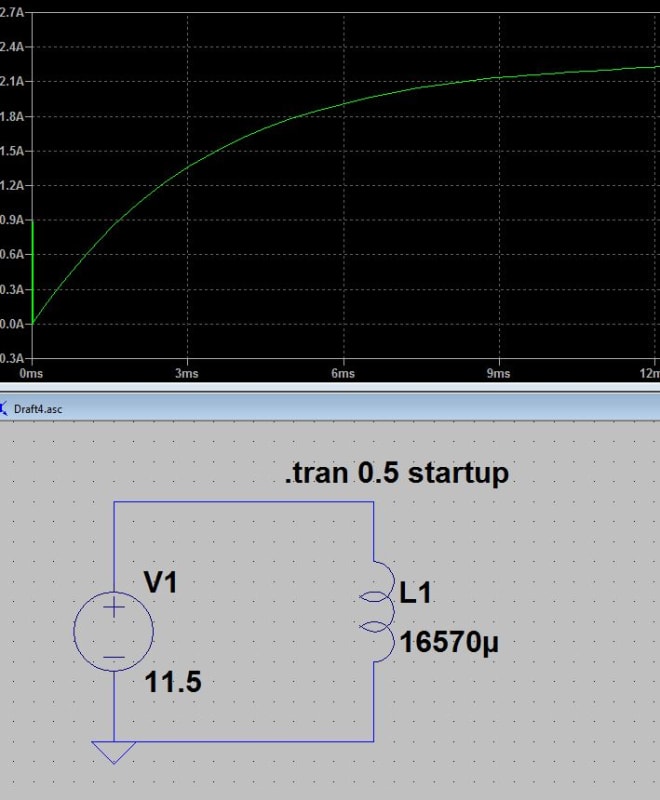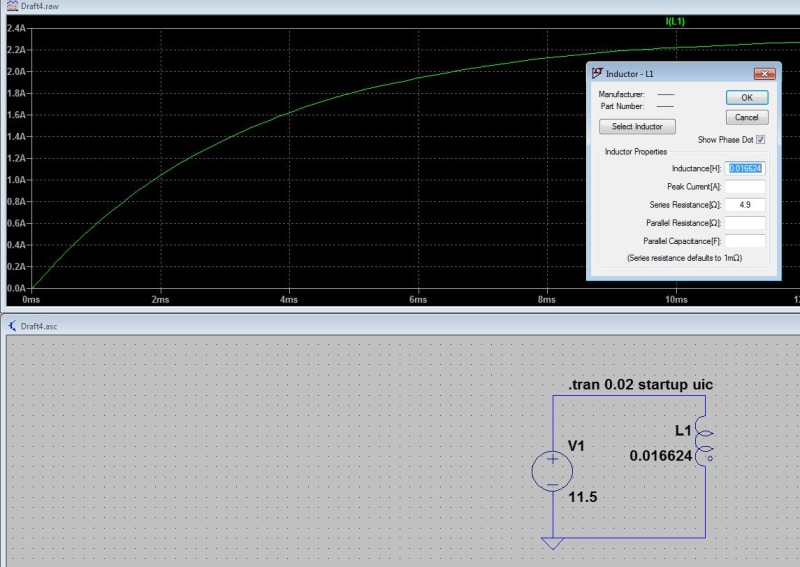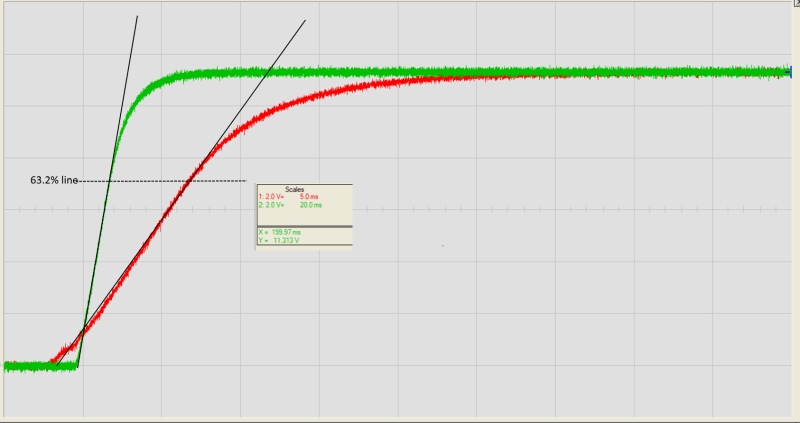I know this might seem like a schoolboy level question, but I'm afraid I'm stuck.
If I have an unknown transformer and what to determine if there is a phase shift, how can I do it with my two channel scope, considering both channels use the common ground, and so by connecting two channels I am really creating a direct physical connection between the two otherwise isolated primary and secondary coils.
Thanks
I think I am going to be embarassed by the simple answer.
If I have an unknown transformer and what to determine if there is a phase shift, how can I do it with my two channel scope, considering both channels use the common ground, and so by connecting two channels I am really creating a direct physical connection between the two otherwise isolated primary and secondary coils.
Thanks
I think I am going to be embarassed by the simple answer.

